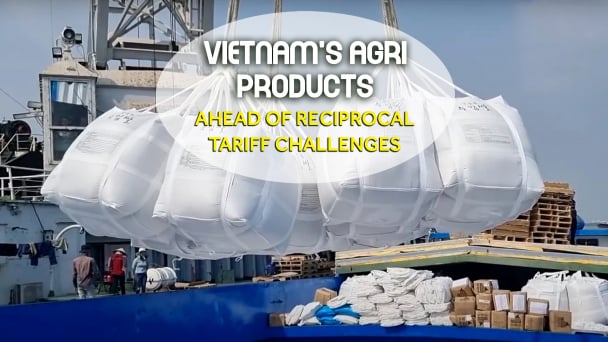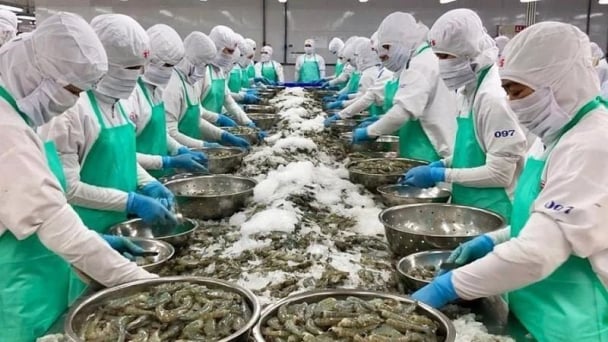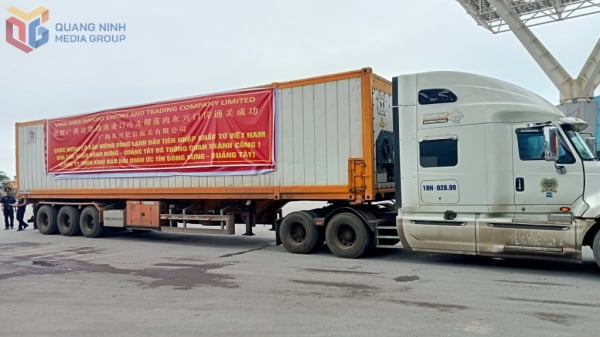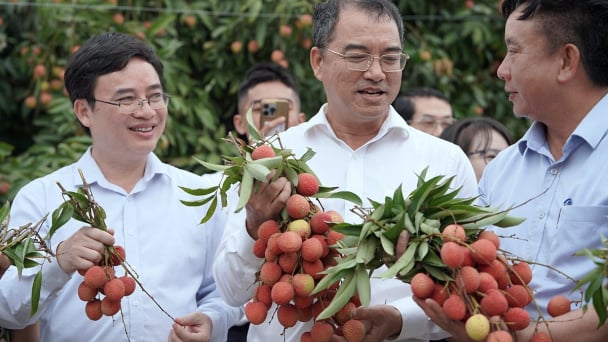June 4, 2025 | 03:03 GMT +7
June 4, 2025 | 03:03 GMT +7
Hotline: 0913.378.918
June 4, 2025 | 03:03 GMT +7
Hotline: 0913.378.918
The Vietnam Trade Office in Singapore, citing statistics from the Accounting and Corporate Regulatory Authority of Singapore, reported that Singapore’s total seafood import value from global markets in the first three months of 2025 reached nearly SGD 283.6 million (1 SGD = 0.76 USD), a slight increase of 1.1% compared to the same period in 2024.
Seafood consumption demand in the Singapore market is relatively evenly distributed across four main categories: fresh/chilled fish (excluding fish fillet and fish meat), frozen fish (excluding fish fillet and fish meat), chilled/frozen fish fillet and fish meat, and crustaceans (whether processed or unprocessed). In the first three months of 2025, the import value of each group exceeded SGD 50 million (around SGD 17 million/month).

Vietnam is currently the fourth-largest seafood supplier to the Singapore market. Photo: Hong Tham.
In addition to the four main categories, statistical data also shows that Singapore’s market has a demand for imports of live fish; processed fish; molluscs (whether processed or unprocessed); and other aquatic invertebrates (excluding crustaceans and molluscs), whether processed or unprocessed.
Vietnam is now the fourth-largest seafood supplier to the Singapore market, holding the highest market share for the chilled/frozen fish fillet and fish meat category. This is the first time Vietnamese seafood has entered the top four exporters to Singapore, following Malaysia, Indonesia, and Norway.
To support Vietnamese seafood businesses in finding and expanding alternative markets to the U.S. — which has been impacted by tariff issues — the Vietnam Trade Office in Singapore held a meeting with the leadership of the Vietnam Association of Seafood Exporters and Producers (VASEP) in early April 2025.
At the meeting, both sides agreed to continue collaborating in providing market information; connecting seafood businesses between Vietnam and Singapore; strengthening trade promotion activities; participating in seafood fairs and exhibitions in Singapore; and increasing the presence of Vietnamese goods in Singapore to help businesses seek new partners and expand the market share of Vietnamese seafood products there in the coming time.
The Trade Office also assessed that in the near future, Singapore’s seafood import market size is expected to remain stable, and Vietnam is likely to continue maintaining a strong market share, especially in the chilled/frozen fish fillet and fish meat segments.
The Vietnam Trade Office in Singapore recommends that Vietnamese seafood businesses prioritize maintaining good product quality control, regularly updating local regulations, refining product packaging designs, and enhancing product quality and productivity to increase competitiveness against products from other countries in the region.
Translated by Hoang Duy

(VAN) The U.S. is the largest market for Vietnamese cashew nuts. However, when exports to the U.S. encounter difficulties due to reciprocal tariffs, Vietnamese cashews still have many other potential markets.

(VAN) Reciprocal tariffs present a significant obstacle to Vietnam's wood exports to the United States; however, domestic wood businesses are endeavoring to preserve their market share in this critical market.

(VAN) Businesses in Vietnam are attempting to export rice to the United States ahead of the implementation of reciprocal tariffs, while remaining their optimism regarding this critical market.

(VAN) From containers of cashew nuts, shrimp to in-depth technical dialogues, agricultural cooperation between Vietnam and the United States is entering a period of sustainable and two-way development.

(VAN) After the talks on May 28, Vietnam successfully exported its first batch of frozen durians to China, marking a new milestone in agricultural trade cooperation between the two countries.

(VAN) Several major companies, such as Red Dragon and Ameii Vietnam, have signed purchasing agreements for the 2025 season, targeting markets including Japan, the United States, and the EU.
/2025/05/30/5010-5-173638_943.jpg)
(VAN) On May 29, at the GO! My Tho Trading Center, the Tien Giang Department of Industry and Trade, in collaboration with Central Retail Corporation, held the opening ceremony of the 3rd Fruit Festival 2025.